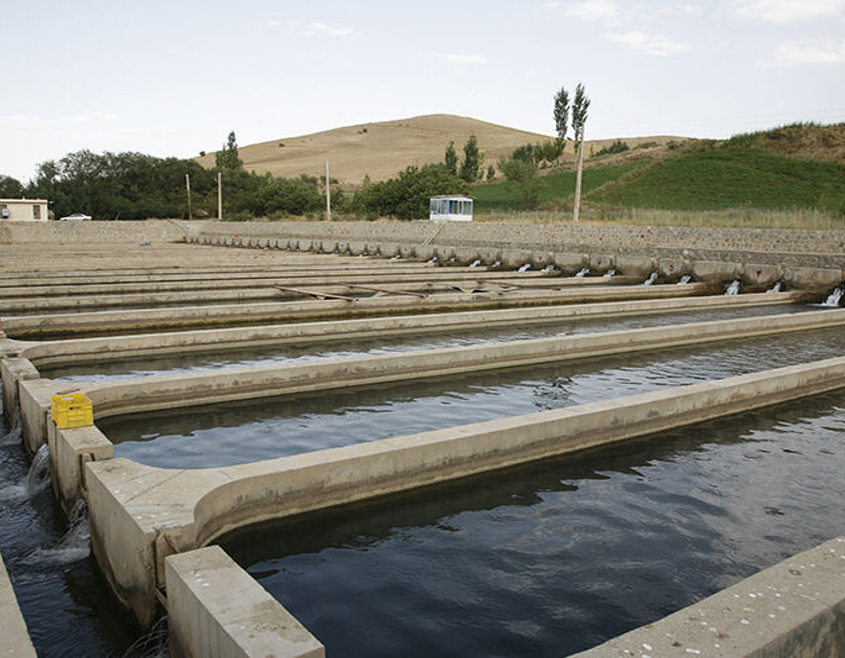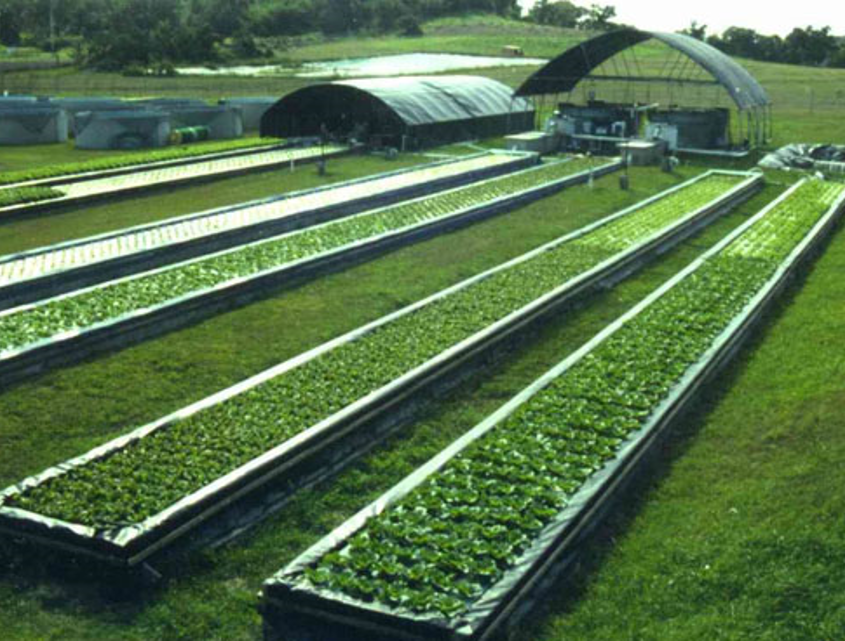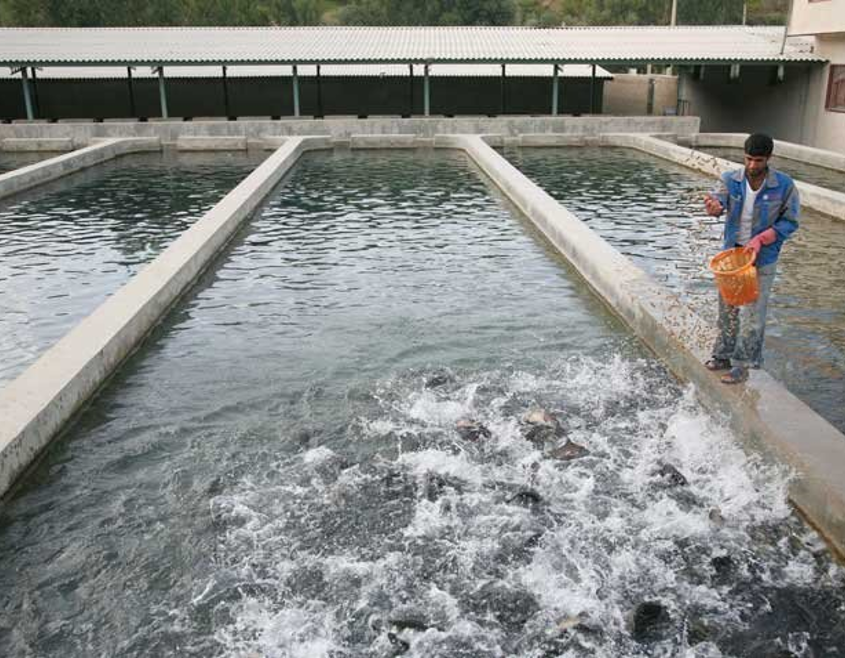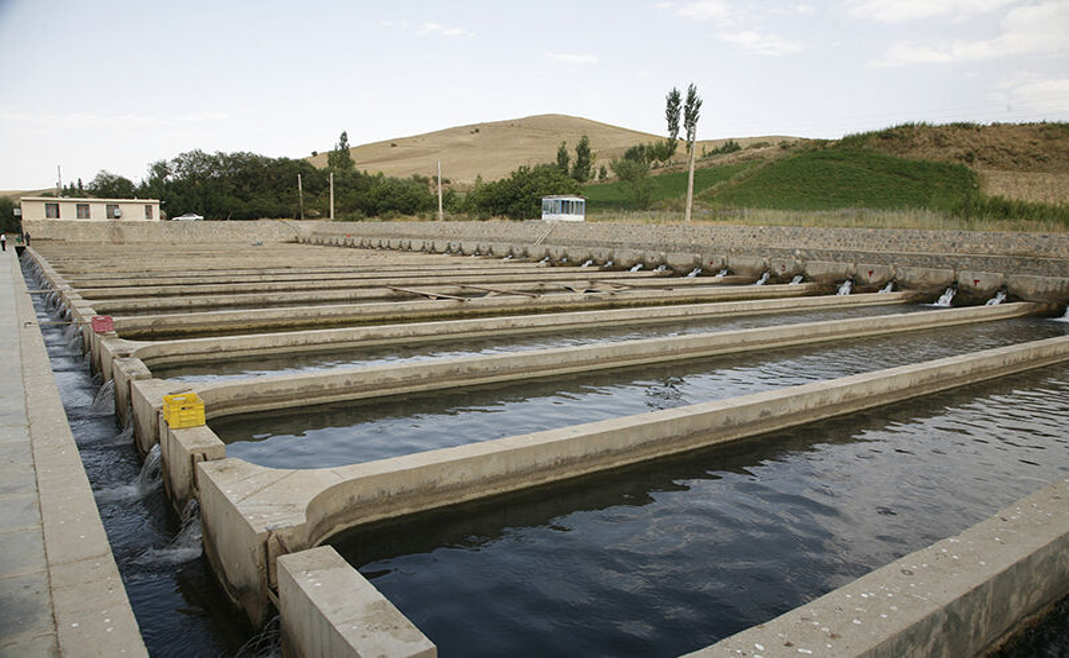Fish farming
Everything you need to know about fish farming!
In order to work in the lucrative fish farming profession, you do not necessarily need to have a degree, and most people in the fish farming industry have achieved exemplary success and skill through experience. But if you have business-related education in this area, and in general, any other field, it will surely increase your awareness of your work, quick returns and reduce the costs and losses of inexperience. It will work.
History of fish farming in Iran
The first fish farming activity in Iran is in 1301. This began with the reproduction and production of sturgeon. The rearing of hydrothermal fish is also related to the 1340s. As a result of the widespread acceptance of fish farming in Iran, today in our country, many fish breeding centers have been established in different ways to reproduce and produce different species of this aquatic species. By 1398, the total area of farms and fish farms in Iran is about 8,000 hectares.
How to become a fish breeder ?!
The first thing to say is a bachelor’s degree in fish farming, natural resources engineering, especially breeding and aquaculture. And those interested in the profession can choose this field for their undergraduate degree. If you wish to pursue a lower education degree in the fish farming profession, you can be trained in disciplines such as disciplines and ornamental aquaculture and then take practical action. There are also vocational training courses in technical and vocational centers. It should be noted, however, that after graduation, practicing in the pools and fish farms for a short period of time is very useful and even mandatory. That way you can gain enough knowledge and experience on both the scientific and experimental side of how to do this profession.
Lucrative fish farming trade
Various aquatic species, including fish, fall into the category of cold-blooded animals. These animals do not consume any energy to regulate and maintain their body heat; therefore, they grow faster than other animals, so fish and other water damage have become a very profitable trade. Breeding and production of salmon, shrimp and sturgeon are the most profitable types of aquaculture.
Types of fish farming methods
The choice of different methods in fish breeding depends on the type and species of fish. In general, fish farming methods fall into two categories:
1) (Coldwater Fish farming)
2) (Water Fish Farming)
Methods of rearing coldwater fish (Trout):
- Breeding in Danish soil pools
- In tanks
- In cement pools
- In the floating cages in the water
- Enclosed beaches
- Recirculating Aquaculture System
- In agricultural water channels
Warm water fish farming methods:
الف) Extensive method (Subsistence-economic)
Fish breeding and breeding in: 1) water storage tanks (dam and dam reservoir) 2) water resources behind dams
ب) Semi-dense fish farming method:
- Establishment of a soil pool for fish breeding
- Construction of pool above ground level
- Construction of pool by digging low or no slope
- Construction of pool by digging the ground with a suitable slope
- Cultivation of fish in paddy fields
ج) Dense method of fish farming: Generally this procedure is performed in outdoor pools and indoor (greenhouse) pools.
1) Concrete pools or non-soil reservoirs
2) Cultivation in floating cages in water
د)Fish farming in Recirculating Aquaculture System
ه) Aquaponics (fusion of fish with plant)
Introduction to Varieties of breeding Fish:
Generally, breeding fish consists of two species:
1) Warm water fish 2) Cold water fish
Warm water fishes:
One of the most important features of the Warm water fish is, as the name implies, life in warm waters. Warm water fish are various types of fish that live in subtropical or tropical regions. The temperatures appropriate for the growth of different species of this fish vary. Various warm-water fish such as: breeding carp (common carp and Chinese carp) live from 10 to 30 degrees Celsius, though the best temperature for growing them is 18 to 25 degrees Celsius. The appropriate growth temperature varies in different species of warm-water fish. For example, fish such as tilapila are grown at temperatures above the carp.
The most important species of aquaculture are the following:
Chinese carp such as: Grass carp (Amur); Bighead carp; Silver carp (phytophagus); Common carp
Indian carp like: Rohu; Calbasu; Catla; Birigal
Fish cream, mullet, black carp, etc. are other warm water fish.
Cold water fish:
Cold-water fish are also species of fish that grow well at an average temperature of 7 to 17 degrees Celsius. (The best growth temperature for these fish, of course, is 16 ° C). Most species of salmon fall into this category. Most species of blue-chilled fish are bred by artificial breeding to conserve water resources or for sport fishing or meat production.
The most important species of cultivated cold water fishes available in the country is:
Rainbow trout that breed and grow on fish farms. It should be noted that Iran is the first in the world in the production of salmon. Of course, it is ranked first in the use of freshwater resources. This fish is one of the most famous and popular cold water fish produced in Iran.
Behruz alinia fard
Fisheries Analyst and Complicator






